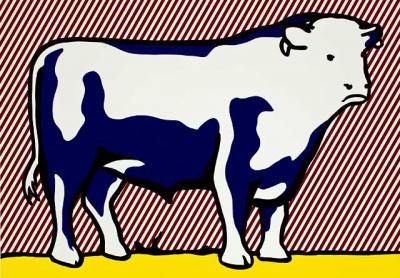A Major Lichtenstein Donation Goes to Whitney, Archives

The Roy Lichtenstein Foundation has given the Whitney Museum of American Art in New York 400 works by the artist to serve as a study collection, the foundation and museum announced last week.
The foundation has also agreed to digitize working records from the artist’s studio with the Archives of American Art and to gift them to that organization in stages. The records include oral histories, interviews, an audio-visual collection, correspondence, exhibition files, and photographs of the artist, his art, and exhibition installations.
The Whitney will receive paintings, sculptures, prints, photographs, drawings, collages, and preparatory work and studio materials. They date from the early 1940s to Lichtenstein’s death in 1997. He had a house and studio in Southampton for many years.
“We have always intended that the foundation, now almost 20 years old, would not operate in perpetuity,” Dorothy Lichtenstein, its president and the artist’s widow, said in the announcement. This is the first set of “successor institutions” chosen to carry on after the foundation “sunsets,” as she put it.
“Furthermore, it is our long-range hope that Roy’s Washington Street studio would go to the Whitney as a venue for its extensive artistic and scholarly programming,” she said.
Several themes recurrent in Lichtenstein’s career are reflected in the collection, including abstractions, the American Indian, Americana, architecture, brushstrokes, landscapes and seascapes, mirrors and reflections, “Modern Art,” murals, “Perfects” and “Imperfects,” Pop, still lifes and interiors, and women and nudes.
“The Study Collection traces the development of Lichtenstein’s process, from source material to sketch, drawing, collage, painting, print, and sculpture,” according to the Whitney.
The two organizations have already planned programs such as a fall course called How to Look, which will include a visit to the artist’s studio with the Lichtenstein scholar Michael Lobel. Conservators from the museum and Lichtenstein conservation experts will also participate in a “think tank” next spring having to do with conserving his art. The artist’s Manhattan studio will be on a spring tour along with Gertrude Vanderbilt Whitney’s former studio.
The foundation was opened in 1999 and has since worked to make Lichtenstein’s work accessible to the public. A complete catalogue raisonné, which the foundation is still researching, will eventually be web-based.
